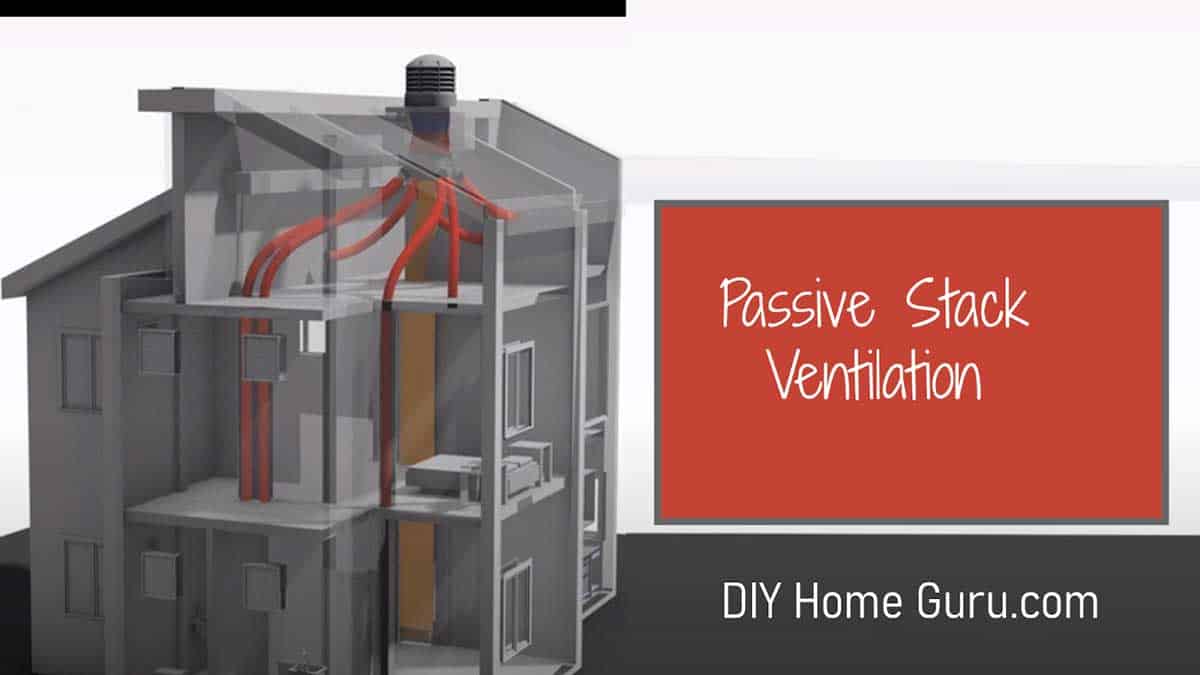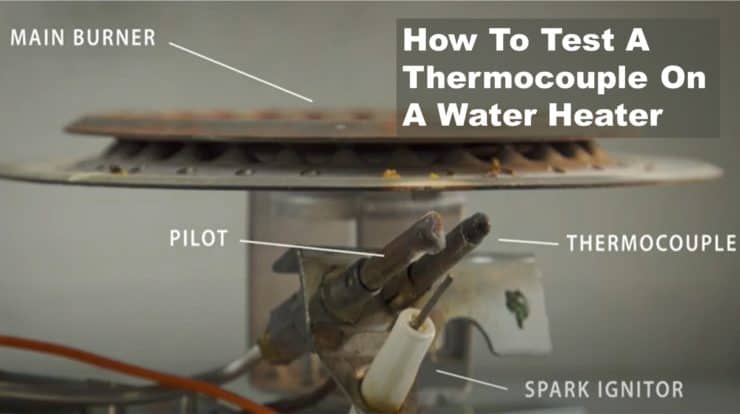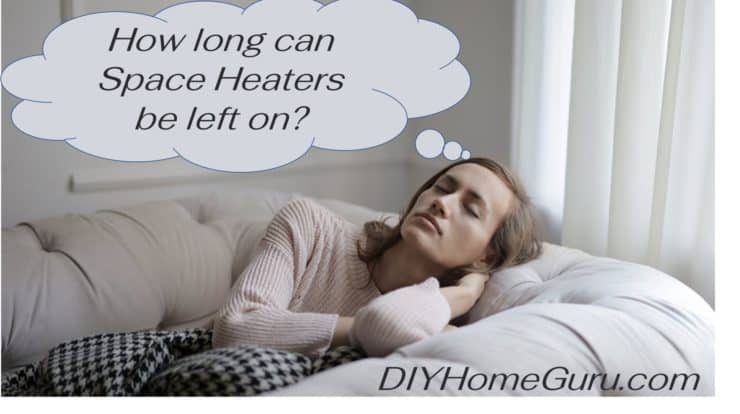Carbon monoxide poisoning is commonly referred to as a “silent killer” due to the fact that the gas has no smell, flavor or color, so it can easily accumulate in your home with no warning signs. When you feel drowsy or start losing consciousness it is too late as you are experiencing carbon monoxide poisoning.
If you are really in a rush here is the short answer: Electric heaters present no real danger of carbon monoxide poisoning, unlike those that burn fuel as a source of heat. A good example of heaters that could potentially harm you due to carbon monoxide poisoning is propane, natural gas or butane heaters.
Let’s now explain what carbon monoxide is? In this article, you will also be able to identify the key symptoms of carbon monoxide poisoning.
- What is Carbon Monoxide Poisoning?
- Symptoms of Carbon Monoxide Poisoning:
- Can an Electric Heater Cause Carbon Monoxide Poisoning?
- Heaters That Cause Carbon Monoxide (CO) Poisoning.
- How to detect the presence of Carbon Monoxide (CO)inside an area?
- Are There Any Other Ways That Electric Heaters Might Affect Your Health?
- What Kinds of Heaters produce Carbon Monoxide?
- Can Electrical Heaters Pose Any Dangers?
- Final Word:
What is Carbon Monoxide Poisoning?
Carbon Monoxide (CO) is a colorless and odorless gas produced by burning fuel. CO poisoning occurs as a result of inhaling CO fumes, which prevents your blood cells from absorbing oxygen. Carbon Monoxide poisoning is a life-threatening event.
Symptoms of Carbon Monoxide Poisoning:
The most common symptoms of Carbon Monoxide poisoning include:
- Headache.
- Weakness.
- Dizziness.
- Rapid heartbeat.
- Nausea and vomiting.
- Seizures.
- Shortness of breath.
- Chest pain.
- Cardiac arrest.
- Blurry vision.
- Loss of hearing.
- Disorientation.
- Loss of consciousness.
- Respiratory failure.
- Death.
Can an Electric Heater Cause Carbon Monoxide Poisoning?
A portable electric heater helps you get heat across to areas that are hard for conventional heaters to reach, especially during cold evenings.
Owing to their portability, efficiency, and affordability, electric heaters have become a popular choice over the years. But can electric heaters cause carbon monoxide poisoning? The answer is a resounding NO, although they do have other health implications, which we will be discussing below.
Heaters That Cause Carbon Monoxide (CO) Poisoning.
Fuel-based space heaters can cause carbon monoxide poisoning because will produce carbon monoxide. Gas heaters make use of natural gas to produce heat, leaving behind CO as a waste product during the combustion process.
Heaters that burn wood, pellets, charcoal, kerosene, butane or other such fuels also produces harmful CO. Depends on where you locate your propane heater high levels of CO can build up in your home.
How to detect the presence of Carbon Monoxide (CO)inside an area?

There are a few gadgets available on the market that could be used to detect the presence of high levels of CO inside an area of your home.
The danger of CO does exist if you are making use of any space heaters that burn combustible fuel.
If this scenario matches you then I would advise that you invest in a good CO detector – it can be a lifesaver. The CO alarm device alerts you, with a loud ringing sound, when the concentration level of CO in your house, garage or shed reaches a dangerous level.
This gives you enough time, to turn off the offending heater, open a window and get out space until the device stop blaring. When it stops, it indicates that the level of CO is low enough for you to reenter the space. It is a lifesaver – invest in a good CO detector.
You can try the Kidde Nighthawk Plug-In AC/DC Carbon Monoxide Alarm Detector with Digital Display on Amazon. It is portable and can be plugged in a socket in any room where the risk of CO poisoning is the highest.
Are There Any Other Ways That Electric Heaters Might Affect Your Health?
Some people complain that they start to feel dizzy and nauseous whenever they use their electric heaters. However, this is no real cause for concern, since these symptoms are due to the heat itself and the resulting dry air, and not because of any fumes or gases.
There are several ways to remedy this situation:
- Make sure that you have decent airflow around the places where you use the heater. If you are using it indoors, it is recommended that you keep a door or window open to maintain the flow of air.
- Put up a bowl of water in the room that you are trying to heat up. However, do not place water or any liquids close to the electric heater.
- Keep your electric heater on only for as long as needed, and do not keep it running for long periods.
- If you own a heater with a thermostat, set it to a moderate heat level. Doing so will make sure that the heater turns off by itself when the required temperature has been attained.
- Always turn the heater off before you go to sleep.
What Kinds of Heaters produce Carbon Monoxide?
Carbon Monoxide is produced with heaters that work by burning fuels like kerosene, gasoline, chipping, and wood.
People are attracted to fuel heaters because they can quickly heat up a large area and have attractive appearances – not to mention that they are the leaders in portability.
However, the drawback is that you cannot use these heaters indoors unless they are attached to a specialist chimney that can direct the poisonous fumes and gases outdoors.
On the other hand, since electric heaters do not produce any toxic fumes or gases, they are relatively safe to use and can be employed in any situation.
Can Electrical Heaters Pose Any Dangers?
Although electric heaters are safer compared to all other heater types, they are still capable of causing damage if they are not used correctly.
Never leave an electric heater unattended, especially if you live with children or pets. Electric heaters can become very hot very quickly and, if touched, can cause severe burns.
Many electric heaters come with a sensor that can detect whether the heater is standing upright or has been laid flat. In the latter case, the heater will not turn on. However, this safety feature is NOT to be taken for granted, and the best practice is to make sure that your heater is always in its default, upright position.
When you use your heater outdoors, make sure that the weather is dry and there is no possibility of mist or rain. Any kind of moisture can damage the heater, not to mention that it produces the chances of an electrocution hazard.
While plugging in your heater, always use an extension cable with a trip-switch, and make sure that the flex is completely covered to avoid falls and trips.
Final Word:
An electric heater allows you to transform a cold and uncomfortable area into a cozy and relaxing one.
It is impossible for an electric heater to give you carbon dioxide poisoning, so use it confidently and without this concern – although you do need to ensure sufficient airflow.
This is not to say that electric heaters cannot pose any threats. Just like any electrical product, heaters have their own set of potential hazards, but nothing that cannot be prevented, provided that you diligently follow all instructions and safety tips.




